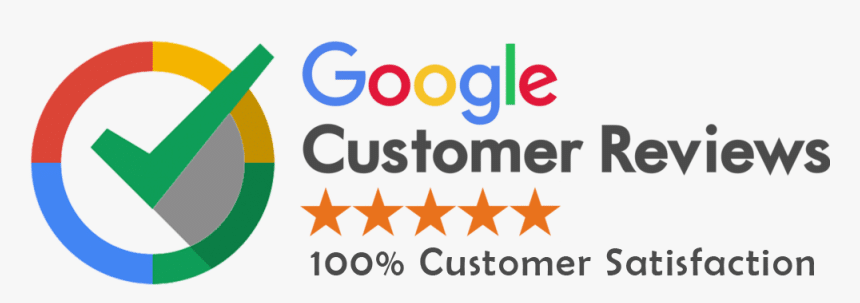Introduction:
In the dynamic landscape of the digital era, website designers play a pivotal role in shaping online experiences. Beyond creating visually appealing interfaces, designers must possess a diverse skill set to meet the evolving demands of the industry. This article explores why website designers must have a comprehensive skill set to excel in their craft and contribute to the success of digital projects.
Web design covers a variety of disciplines and skills in the creation and maintenance of websites. These include web graphic design; web user interface design; visual communication design; content writing, including typography and style; information architecture; and search engine marketing. Many organizations are now taking advantage of the opportunities available through web design.
Use of attractive graphics
The use of attractive graphics is one of the most common ways of achieving a good web design. Good graphics can attract a large number of potential customers. Effective web design also gives the feeling of reliability and professionalism.
Use of appropriate web development tools.
In addition to graphic design, good web design incorporates the use of appropriate web development tools. CSS, or CSS coding, is one of the most basic and important aspects of web design. CSS is what allows web designers to create styles and designs for the different pages on their websites. Users with CSS capabilities are generally more adept at navigating the different pages on a website.
Another component of web design in Dubai involves the use of effective web development tools. User interface designers, for example, work with programs to create attractive and effective interfaces for users to use. Web content developers are responsible for adding content to the site. These tasks help to establish the credibility and consistency of the site.
The ability to think creatively about different elements.
The other important skill for creating web design is the ability to think creatively about different elements. A web designer must be able to come up with interesting and creative solutions. A web developer must also understand how to use various computer programming languages such as HTML, PHP, and CSS. A web designer also needs to be familiar with graphic design in general. Even the most talented web developers need to have a strong understanding of many different types of media formats.
There are many other skills required for creating web design and web development, but these two fundamentals are among the most important ones. Any web designer in Dubai or developer must be proficient in all of the skills that are involved when creating a digital product. These include usability, visual design, usability testing, and web development. Each of these skills is an essential part of creating a profitable website.
Many websites focus on specific services or products. Some web designers may focus on web development. Other designers often focus on graphic design. However, regardless of the specific focus a person has, they must know how to use all of the above. In addition, many designers often use web designers, programmers, and web developers for specific tasks. A web designer can be very specialized while a web developer uses several different techniques.
All of the above skills are important for building successful websites. In particular, web designers in Dubai must provide a captivating website with an easy-to-use interface. With this in mind, web developers should not be given too much responsibility for the problem-solving process.





